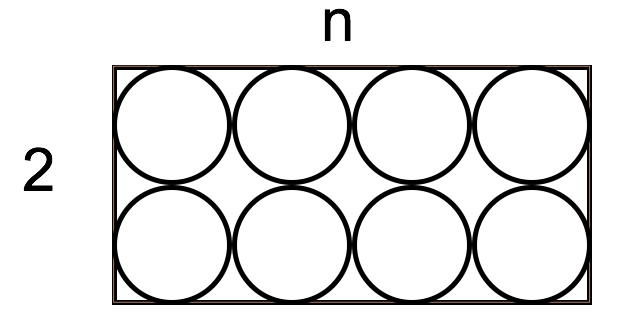Cornfield Planning
A farmer has a square plot of land that measures 100 feet on each side. She plans to grow corn in the plot, and she will install a fence around the corn. Fencing is expensive, so she wants to grow the corn in a shape that will maximize the ratio of the area of the cornfield to its perimeter.
What shape should the cornfield be?
A farmer has a square plot of land that measures 100 feet on each side. She plans to grow corn in the plot, and she will install a fence around the corn. Fencing is expensive, so she wants to grow the corn in a shape that will maximize the ratio of the area of the cornfield to its perimeter.
What shape should the cornfield be?



